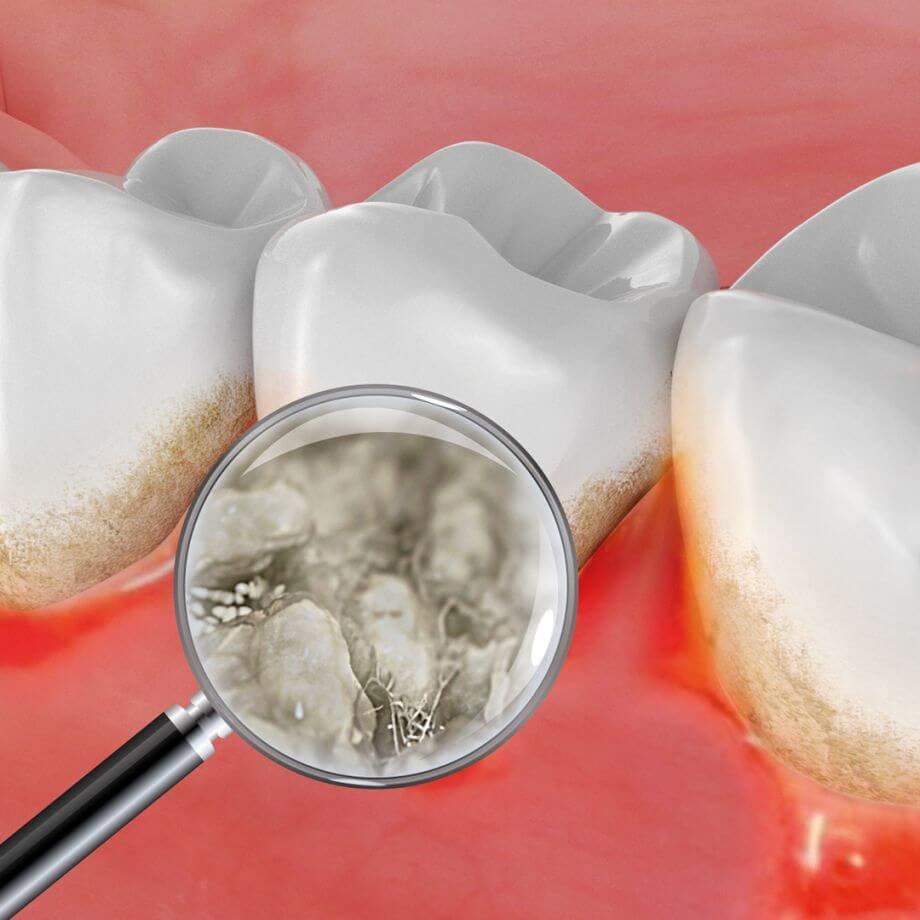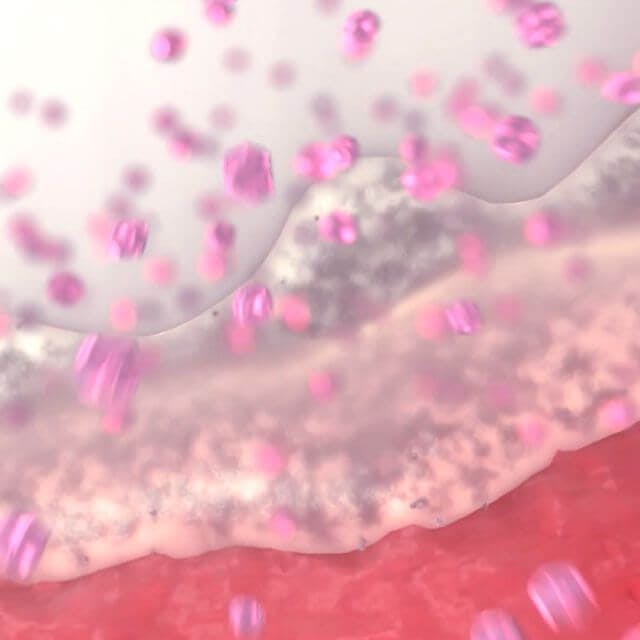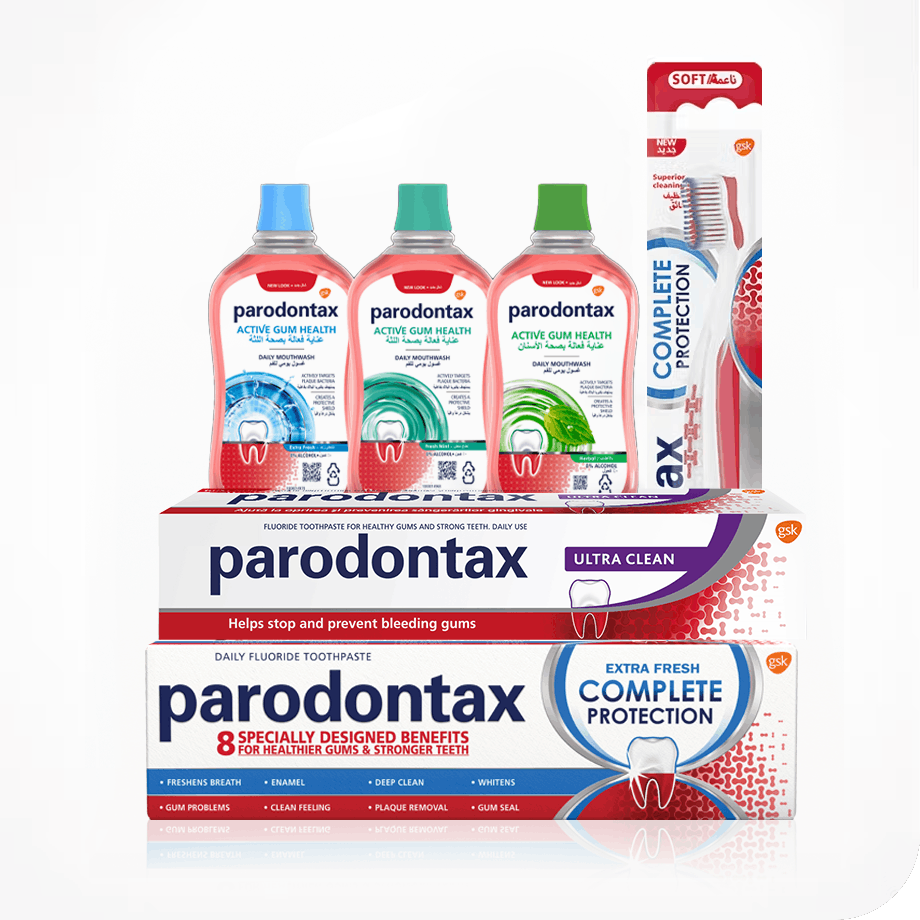ME


Causes of Gum Disease
How plaque bacteria causes gum disease
Did you know your mouth is believed to be home to more than 300 types of bacteria? Actually, though, this is perfectly normal, with only a small percentage of that bacteria able to cause tooth decay or gum disease.
But even a modest amount of bacteria can still be enough to irritate your gums when allowed to build-up and form into plaque. What’s more, if left unchecked, it can lead to a range of problems – from bleeding gums or swollen gums due to gingivitis, to more serious issues like periodontitis and even tooth loss.

Plaque bacteria and gum disease
Plaque bacteria is one of the most common causes of gum disease. The bacteria uses the sugars in food to produce acids that can irritate your gums and dissolve tooth enamel, eventually resulting in cavities. The toxins bacteria releases may also inflame and damage the surrounding gum tissue, prompting your body to send more blood to the affected area. This, in turn, can cause your gums to bleed when you brush.
If not removed by daily brushing and flossing, plaque may also eventually harden into tartar. This is a crusty substance that collects around the gum line and clings tightly to your teeth, making it more difficult to keep them clean.
Meanwhile, the presence of bacteria may cause your gums to start coming away from your teeth, leaving small spaces or ‘pockets’ where even more plaque can build up.
Over time, these pockets may deepen, eventually weakening the bones and tissues that support and protect your teeth.
How parodontax can help
Used twice daily, parodontax Fluoride toothpaste is 4x more effective* than a regular toothpaste at removing the build-up of plaque bacteria, helping to keep gums healthy and teeth strong. It contains refined sodium bicarbonate particles that penetrate the plaque layer to loosen its grip on your teeth and send bacteria swilling away down the plughole.
*Removes more plaque bacteria than a regular toothpaste, following a professional clean and twice daily brushing.



